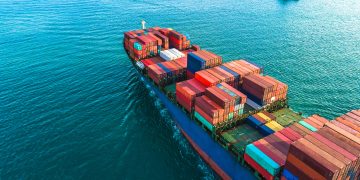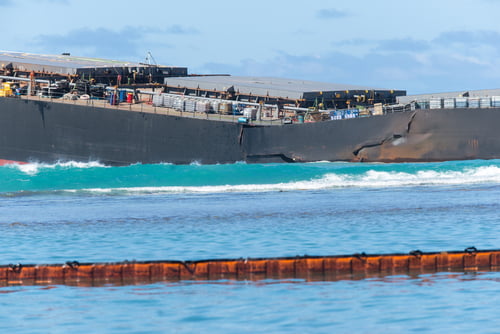A new study by the Curtin University on the aftermath of the MV Wakashio oil spill finds that long-term monitoring and further studies are needed to understand the impact of Very Low Sulfur Fuel Oil (VLSFO) spills.
The grounding of the MV Wakashio near Mauritius in July 2020 led to the first significant spill of VLSFO (about 1,000 tons of fuel) since the introduction of the Global Sulfur Cap in January 2020. A Japan Transport Safety Board (JTSB) investigation has concluded that MV Wakashio ran aground due to altering its planned route and approaching the coast to pick up mobile phone signals.
As explained in the research by Curtin University, sediment samples collected in March 2023 from two mangrove systems in Mauritius were analyzed using gas chromatography techniques. These analyses identified Wakashio VLSFO in one of the systems, showing that the oil had undergone substantial weathering, including the loss of toxic mono- and polycyclic aromatic hydrocarbons (PACs).
Findings indicate that VLSFO contamination remains in mangrove sediments, where it is undergoing biodegradation and weathering, although some resistant compounds are expected to persist under low-oxygen conditions. Oil spill modeling suggested that compared to traditional heavy fuel oils, VLSFO is more likely to evaporate, naturally disperse, or settle in sediments.
Researchers find that while the lower PAC content of VLSFO might reduce toxicity compared to traditional fuels, the ecological impact, including on mangrove ecosystems, is not fully understood. Thus, they recommend long-term monitoring and further studies to evaluate the effects of VLSFO contamination on similar tropical environments.






























































